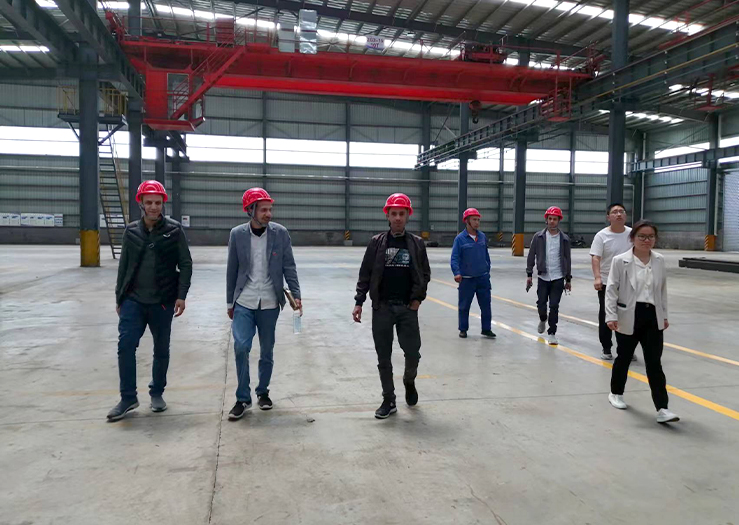hose clamp repair
Hose Clamp Repair A Comprehensive Guide
Hose clamps are essential components in various plumbing and automotive systems, serving the critical function of securing hoses to fittings, preventing leaks, and maintaining the integrity of the system. Over time, these clamps may corrode, loosen, or unfortunately break down. Understanding how to repair hose clamps can save time and resources, ensuring optimal performance of your hoses.
Identifying the Problem
The first step in hose clamp repair involves diagnosing the issue. Common problems include rust and corrosion, which can weaken the clamp structure, or damage from over-tightening, which may cause the clamp to break. If you notice any fluid leaks around the hose connection or if the clamp feels loose or compromised, it's crucial to take action.
Removing the Damaged Clamp
To start the repair process, you'll need to remove the damaged hose clamp. This typically involves using a screwdriver or a wrench, depending on the type of clamp. For screw-type clamps, simply loosen the screw until the clamp can slide off the hose. For spring clamps, a pair of pliers is usually required to squeeze the clamp and release it from its grip. Always ensure you have a bucket or cloth ready to catch any fluid that may leak out during this process.
Inspecting the Hose
Once the damaged clamp is removed, inspect the hose itself for any signs of wear, cracks, or other damage. A damaged hose can cause further leaks, even if the clamp is replaced. If the hose appears compromised, consider replacing it altogether to ensure a long-term fix.
hose clamp repair

Installing a New Clamp
When it comes to replacing the hose clamp, selecting the right type is crucial. Various types of hose clamps are available, including screw-type, spring, and wire clamps. Each type serves different purposes and offers varying benefits. For most applications, a screw-type clamp is ideal as it allows for easy adjustment and secure fastening.
Position the new clamp around the hose, ensuring it is placed close to the fitting to provide a tight seal. Tighten the clamp by turning the screw clockwise, ensuring it is snug but not overly tight, which could damage the hose.
Testing for Leaks
After installing the new clamp, it is essential to test the connection for any leaks. Reconnect the system or turn on the fluid supply, and carefully inspect the area around the hose clamp for any signs of leakage. If there are no leaks, you've successfully completed the repair!
Preventive Maintenance
To avoid future issues with hose clamps, perform regular checks on your hoses and clamps. Inspect for rust, secure connections, and signs of wear. Regular maintenance can prevent costly repairs and ensure the efficiency of your plumbing or automotive systems.
In summary, hose clamp repair is a straightforward task that, with some basic tools and knowledge, can be accomplished by anyone. By diagnosing issues early, replacing damaged clamps, and performing regular inspections, you can ensure your hose connections remain secure and leak-free. This not only prolongs the life of your hoses but also promotes the overall reliability of your systems.
-
The Smarter Choice for Pedestrian AreasNewsJun.30,2025
-
The Gold Standard in Round Drain CoversNewsJun.30,2025
-
The Gold Standard in Manhole Cover SystemsNewsJun.30,2025
-
Superior Drainage Solutions with Premium Gully GratesNewsJun.30,2025
-
Superior Drainage Solutions for Global InfrastructureNewsJun.30,2025
-
Square Manhole Solutions for Modern InfrastructureNewsJun.30,2025
-
Premium Manhole Covers for Modern InfrastructureNewsJun.30,2025
